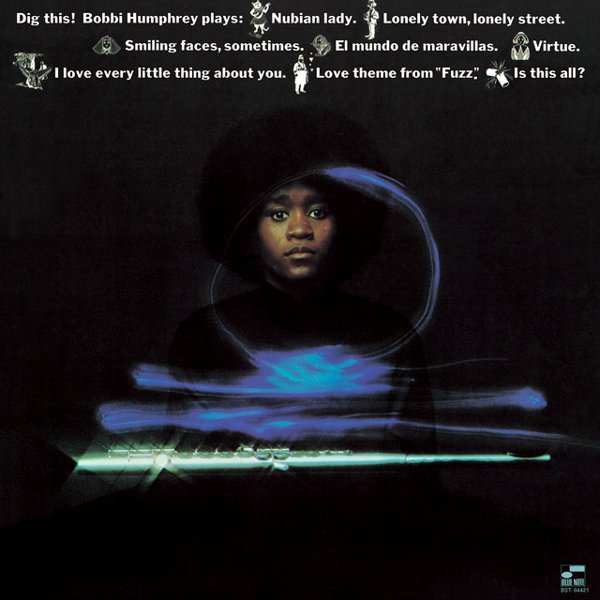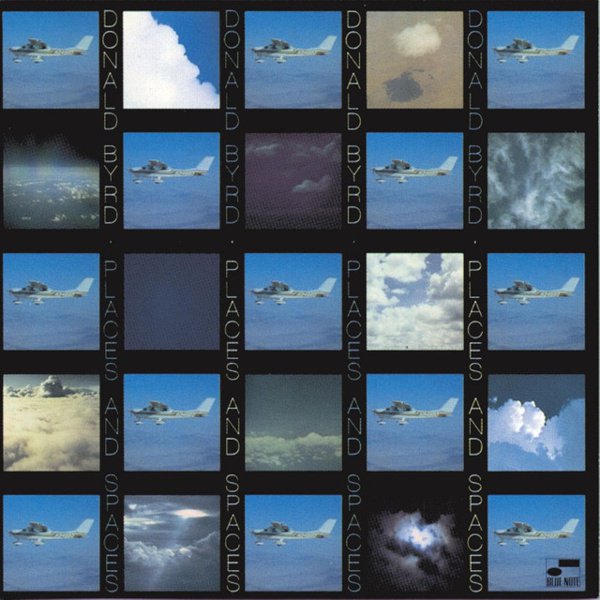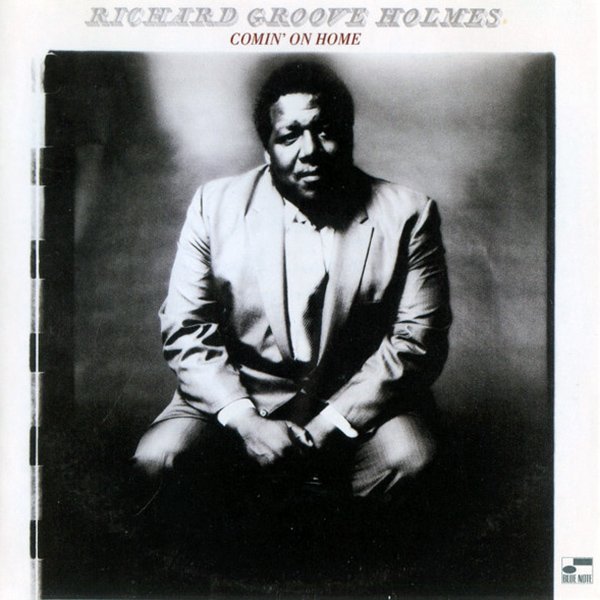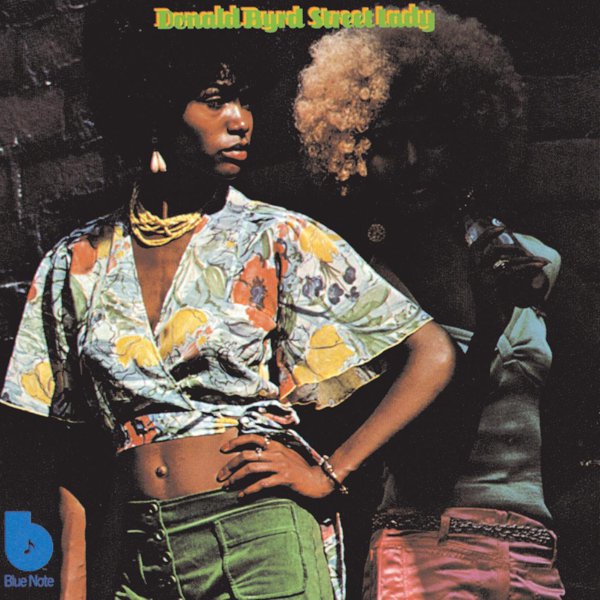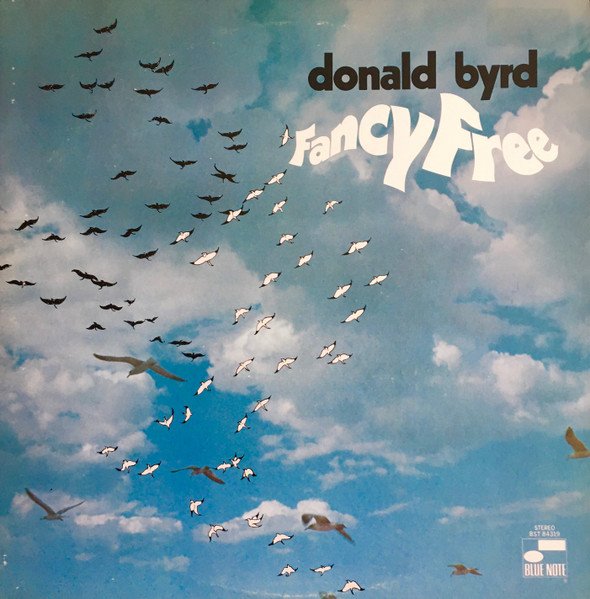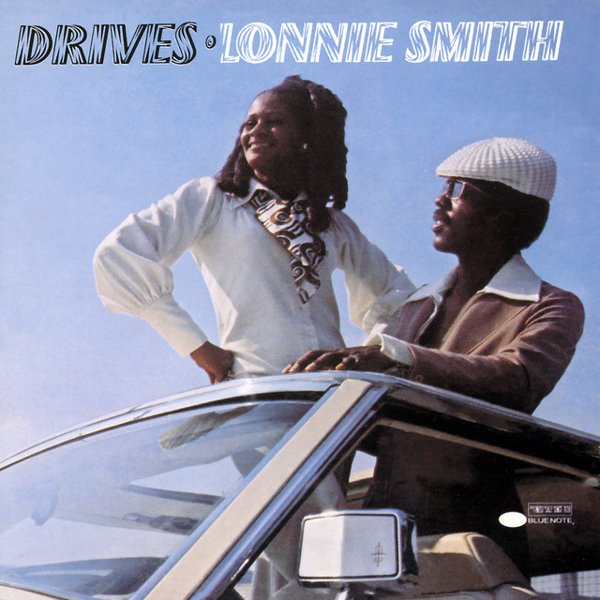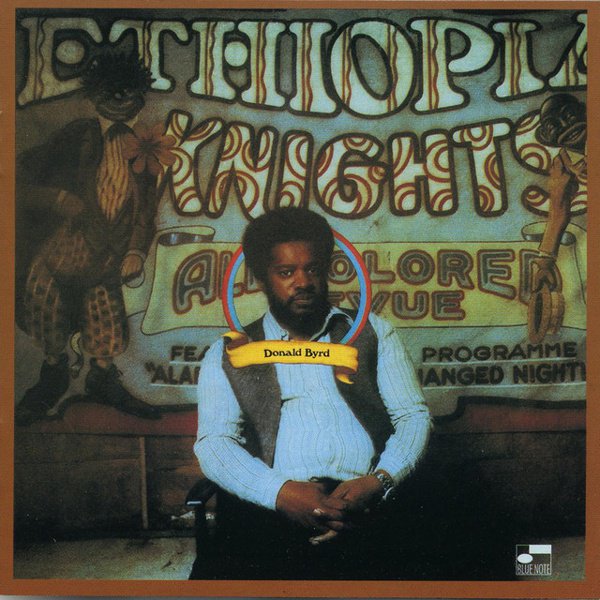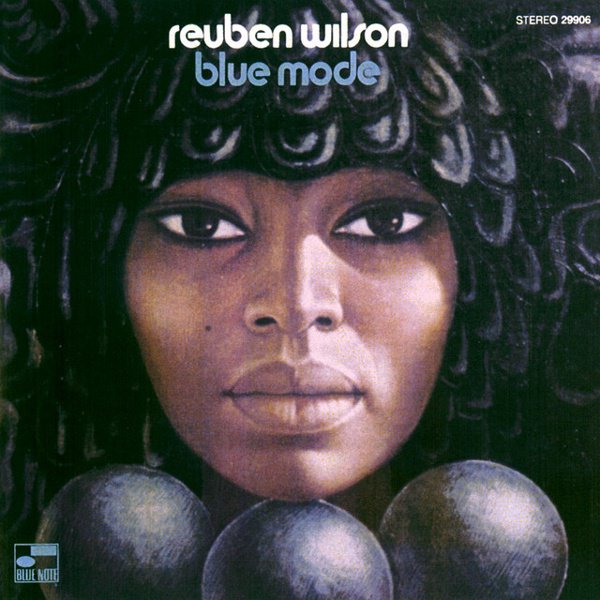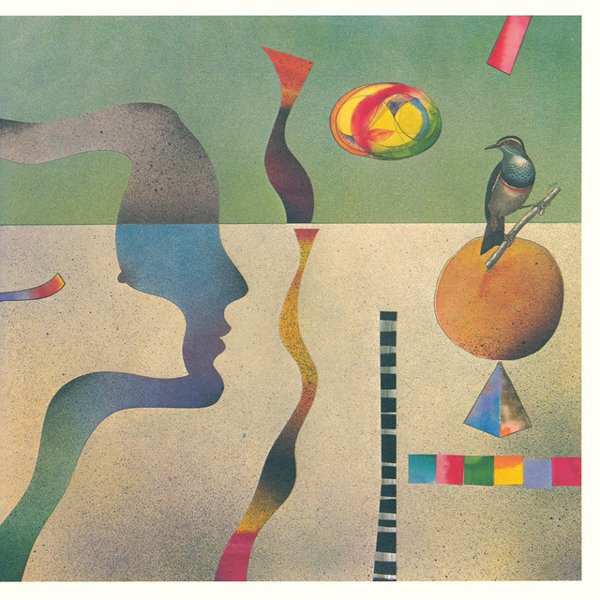Miles Davis’ On The Corner and Herbie Hancock’s Head Hunters are no doubt key records in the jazz funk origin story, but there are plenty of other albums where you can also hear this most futuristic of jazz subgenres emerging and developing and unsurprisingly, the don of jazz labels Blue Note was home to many of them.
Jazz funk developed out of soul jazz, a hard bop-based subgenre that emerged in the 50s and which drew on gospel, soul, R’n’B and blues. Often performed by small combos with organ rather than piano, it was a sound that connected directly to contemporaneous black music, and was characteristically both expert and raw, sophisticated but earthy, and often directly aimed at the dancefloor. Soul jazz was well established by the late sixties, with the Blue Note label responsible for some of its finest examples from artists like Lee Morgan, Horace Silver, Stanley Turrentine and Lou Donaldson.
As late ‘60s and early ‘70s soul producers and artists incorporated new studio technology like multi-track recording and wah-wah pedals, and adopted synthesisers, clavinet, electric pianos and Latin and non-Western percussion, many soul jazz artists at Blue Note took up similar innovations. Like soul jazz before it, the emergent jazz funk sound was influenced by the soul and R’nB of the day, and the Mizell brothers’ Blue Note productions were key in fusing sleek, sophisticated contemporaneous soul and funk with jazz, finessing a fusion that would go on to be hugely commercially successful. This musical offspring was the jazz-funk genre, and the Blue Note albums from this period by artists like Donald Byrd, Lou Donaldson and Gene Harris provide a musically rich, expertly played, innovative, progressive and above all, funky audio history of its genesis.
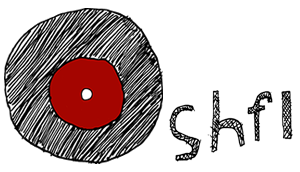
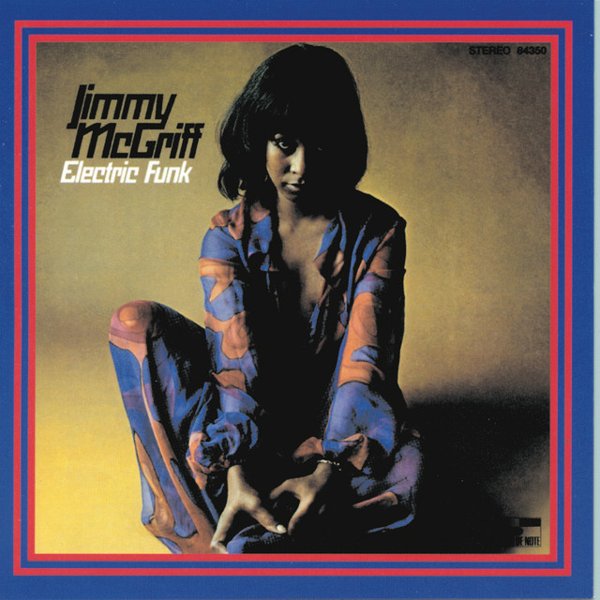

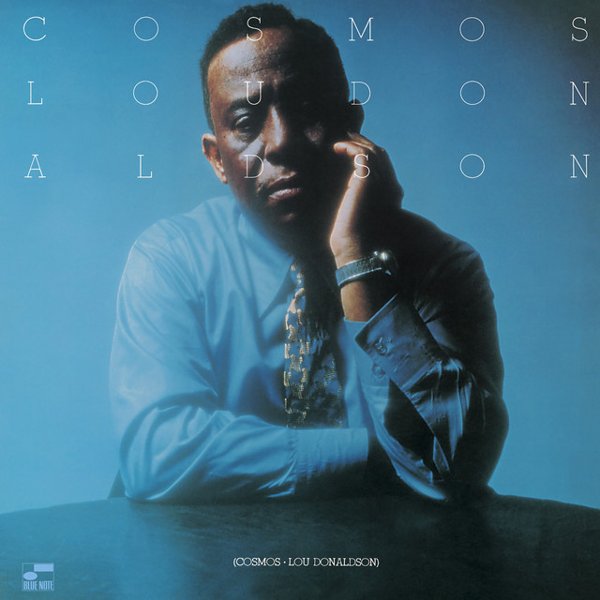



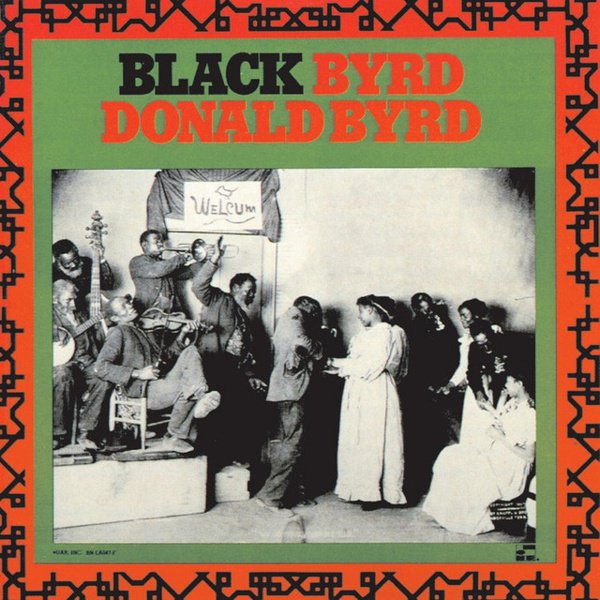
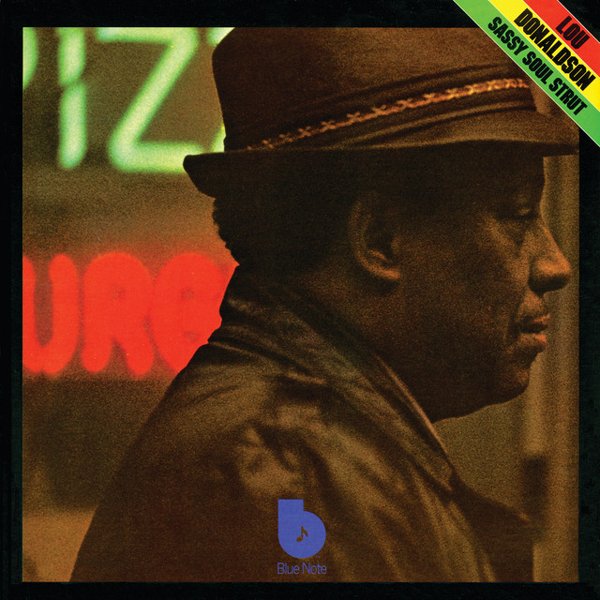

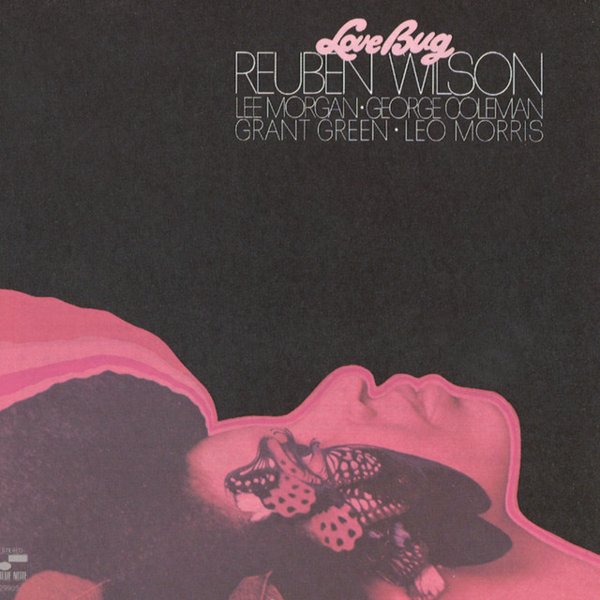
![The Final Comedown [Original Soundtrack] cover](https://images.theshfl.com/5768082178441216_v2_600.jpg)
